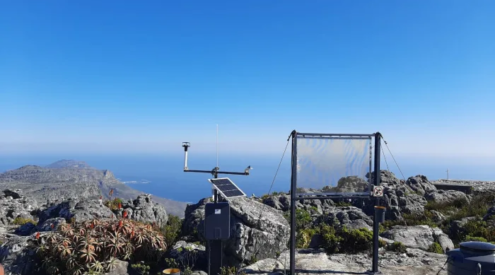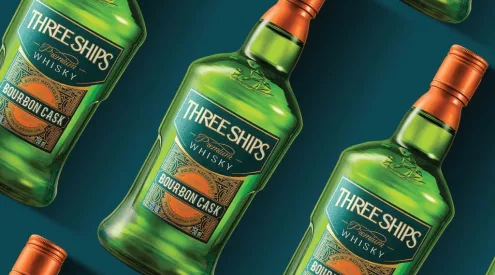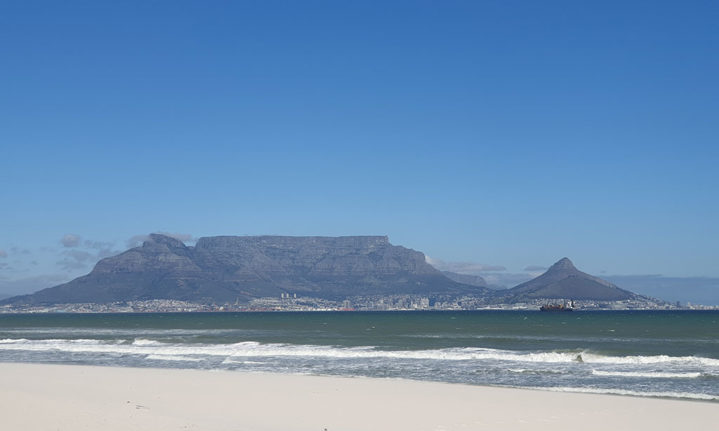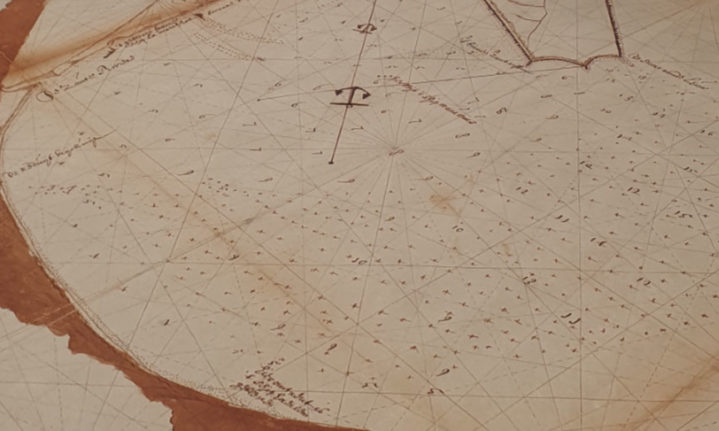Dr Bruno Werz has been researching the topic since 1989 and working with a team of experts, he believes that he has discovered the site of one of South Africa’s most significant shipwrecks, the Haarlem.
“No shipping disaster worldwide has ever had such an impact on the history of an entire nation,” Maritime archaeologist and historian, Dr Bruno Werz told press today as he revealed information that points to the final resting place of the vessel along the shoreline near Table View.
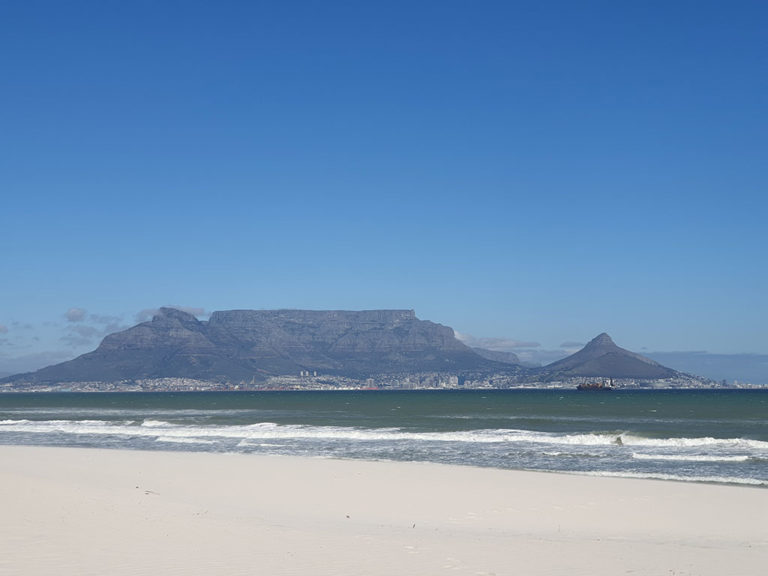
Werz trusts that the data will be proven correct once excavations begin.
“The Haarlem was wrecked in Table Bay in March 1647 and the events that followed had far-reaching consequences for the history of this country,” says Werz who explains how 62 men were left behind while the remainder of the crew was repatriated on accompanying ships.
During their stay, the men from Haarlem came into contact with indigenous people. Upon returning to the Dutch Republic, they reported favourably of their experiences. As a result, VOC management decided to establish the much-needed stopover for their ships.
This station, that became known as the ‘Tavern of the Seas’, later developed into the City of Cape Town.
“The wrecking of Haarlem can thus be regarded as the catalyst that created not only Cape Town, but also the roots of current multiracial and multicultural South African society,” he says.
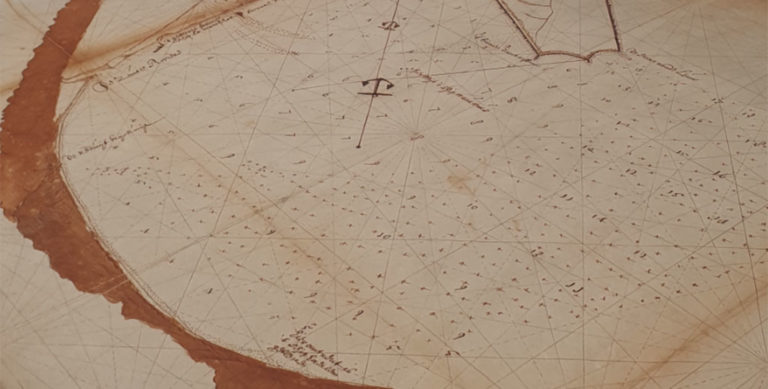
Now Werz, who is in the process of applying for the necessary excavation permits, is confident that the Haarlem lies just offshore in water depths of less than two metres southwest of the Dolphin Beach Hotel in Table View.
“Test excavations and data show that there is a structure about three to four metres below the seabed that fits the description of what one would expect to find as the remains of the Haarlem,” he says.
Work to verify the wreck has included archival, literature, geological and geophysical surveys, as well as archaeological test excavations.
“The objective is to locate both the shipwreck and its associated survivor camp and, once found, to excavate these historical sites according to the highest achievable standards,” he says.
“Based on the combined results of these different research approaches, there is a chance of 95% that the location of the wreck of Haarlem has been found. The ultimate proof will be the discovery of 19 iron cannon and four iron anchors, as it has been recorded that these items were left behind when the wreck was abandoned. Only future excavation can tell,” he concludes
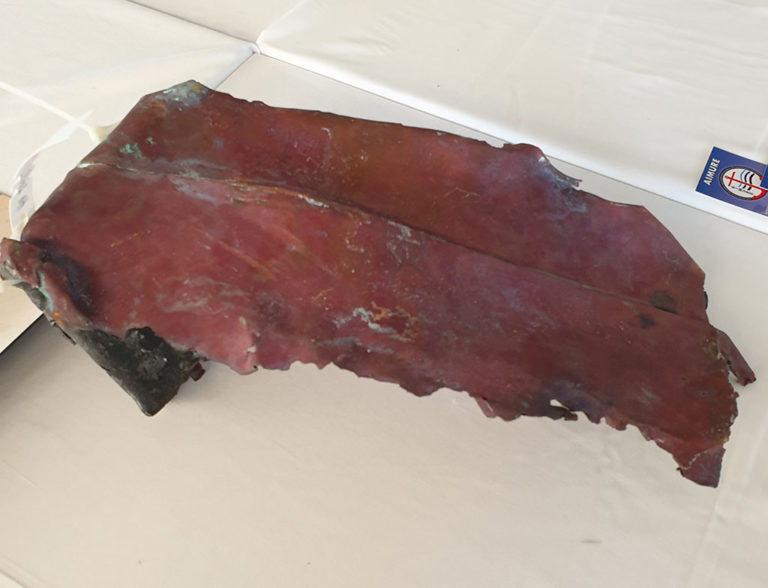
Pieces from the Haarlem have been found, although the body of the ship is yet to be excavated.
The project has been supported entirely by sponsors and volunteers including Guerrini Marine Construction, Broadband Geophysical, WSP Coastal Engineers, Shango Solutions and the University of the Witwatersrand.
Images: supplied




